The Art of Reading
A Moonbow + Sézane event —plus, a gift for paid subscribers!
Bonne Rentrée! Last night, I kicked off the back-to-school season with the beloved Parisian brand Sézane in San Francisco. I have collaborated with Sézane many times over the past 14 years. Their founder, Morgane Sezalory, is incredibly gracious and always open to new ideas. She has continually supported mine, and I’m grateful for her and Sézane’s creative companionship.
To celebrate la rentrée (“the return” back to school and work), Morgane curated a special Sézane Librairie in her stores with a small collection of her favorite books, and for one special night, Moonbow got to be a part of it.
Since the beginning, I’ve wanted to host events that center children’s books among adults in a fresh and inspiring way, but I wasn’t sure it would work. My intention is not to take the focus off children (they’re always at the heart of it) but to give children’s book events a new narrative. I was curious: can a diverse group of women from various professions, some of whom don’t have children, get excited to talk about picture books? The answer is they absolutely can!
I think the best way to describe this beautiful event is to share what I wrote in The Art of Reading, a zine I created for our guests. Unfortunately, the zine isn’t for sale, but I do have some extra copies. If you’re a paid subscriber and would like me to pop one in the mail for you, leave a comment or send me a message. If you cannot be a paid subscriber but would love a copy, share Moonbow with a couple of friends, and I will send you one if I have more available. (First come, first served.)
Every September, the scent of freshly sharpened pencils fills the air with a palpable electric energy. There’s a collective jolt as pencils in classrooms around the world strike blank pages with new ideas and discoveries. It’s that back-to-school feeling, or as the French call it, la rentrée (“the return”). La rentrée is about more than returning to school and work after the summer holiday; it’s a cultural renaissance, a state of mind. It’s a time for reinvention and new possibilities when both children and adults celebrate learning and personal growth.
In France, September also marks the beginning of la rentrée littéraire, when hundreds of books are published. There is a flurry in bookshops as publishers gear up for the literary festivals and awards season. For many adults, this celebration of reading signifies a rebirth; it’s an opportunity to rediscover their childhood passions and sense of wonder.
Children are always learning and growing, but at some point, as adults, we tend to lose that sense of curiosity and excitement. We forget how to pay attention, how to see the unseeable, and how to navigate the unknown. We forget what it’s like to be a child.
Reading helps to reignite our hunger for discovery and knowledge. It simultaneously reconnects us to our past while catapulting us into the future, allowing us to see the present through different perspectives.
I have always been a reader but never thought much of it. It wasn’t until I had children and began reading to them that I recognized the transformative power of books, especially children’s books. In a way, I’d forgotten how to read—like really read. I’d forgotten what it felt like to be sent to my room without supper, I’d forgotten how to say goodnight to the moon, and I’d forgotten the thrill and terror of falling down a rabbit hole into Wonderland.
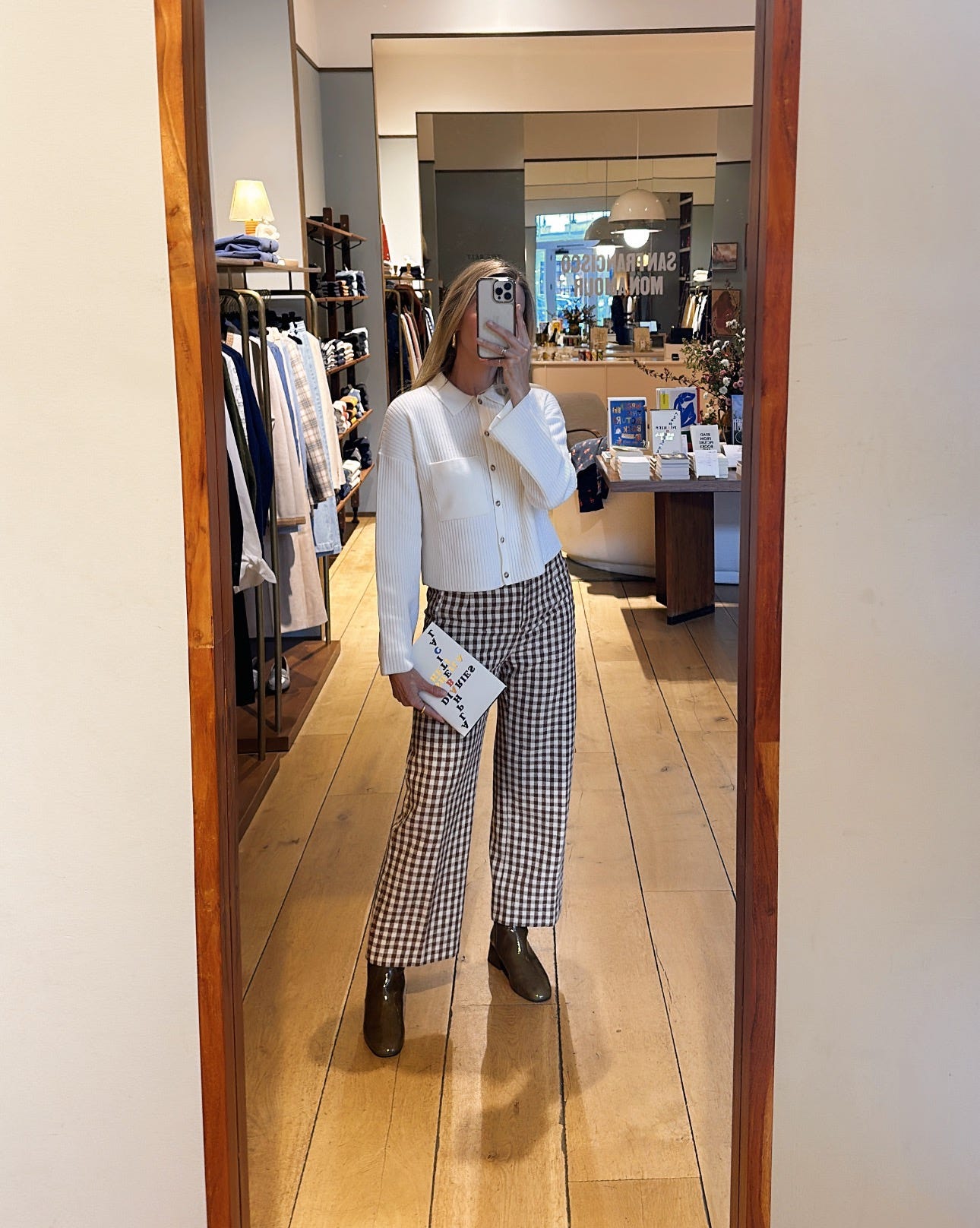
In the fantastic essay, Why You Should Read Children’s Books, Even Though You Are So Old and Wise, the incredible children’s author Katherine Rundell writes about this adult amnesia:
“At the risk of sounding like a mad optimist: children’s fiction can reteach you how to read with an open heart. When you read children’s books, you are given the space to read again as a child: to find your way back, back to a time when discoveries came daily and when the world was colossal, before your imagination was trimmed and neatened, as if it was an optional extra...we need books that are specifically written to feed the imagination, which give the mind a galvanic kick: children’s books. Children’s books can teach us not just what we’ve forgotten, but what we have forgotten we’ve forgotten...Ignore those who would call it mindless escapism; it’s not escapism, it is findism. Children’s books are not a hiding place, they are a seeking place. Plunge yourself into a children’s book: see if you do not find in them an unexpected alchemy; if they will not un-dig in you something half-hidden and half-forgotten.”
This “galvanic kick” pushed me to create Moonbow, a space for adults to think deeply about children’s books. I am surprised (but not that surprised) that when I talk feverishly about children’s books to other adults, they do not often share my same level of enthusiasm. Of course, they agree that children’s books are great for children and that reading to children is important, but they don’t understand why I, an adult, am so worked up about them as Art.
And when I tell them that I write about children’s books, their response is usually, “That’s sweet,” or “How cute,” which comes off as dismissive. (A feeling children are all too familiar with.)
I want children’s books to become intertwined into mainstream culture the same way that fine art, theater, music, poetry, and fiction for adults are. These art forms are often in conversation with one another and with their audience. We recognize their connections. It’s no different for children’s fiction; it’s just not talked about enough. There should be more reverence and respect for children’s authors, but also more diligent criticism. On my bedside table is a copy of Goodnight Moon alongside Anna Karenina, not to be “cute,” but because I believe they are two of the best pieces of literature ever written. If adults spend more time thinking deeply about children’s books, they will not only make better books for children but also become better readers and, perhaps, better humans.
I’m honored to partner with the cult Parisian brand, Sézane, to celebrate la rentrée and our shared love of reading, arts, and culture. From the beginning, Sézane’s founder, Morgane Sezalory, has championed emerging artists, often working closely with them to create prints and exhibitions. She’s also, despite massive growth and success, worked diligently to maintain the brand’s quality and creativity. I first discovered Morgane in 2010, when she was transitioning from selling vintage and reworked pieces on eBay into creating her own designs under the name Les Composantes. I fell in love with the brand and shared its gorgeous handbags on my Tumblr (remember Tumblr?). Morgane and I quickly became friends and have continued to work together for the past 14 years throughout many transformations. Morgane’s commitment to storytelling is what drew me to Les Composantes as well as Sézane. It’s evident in her passion for vintage objects and designs that she values history and craftsmanship, but she’s not nostalgic; she looks toward the future and how she can improve and reimagine her brand—she is always writing her next chapter.
That next chapter is Petit Sézane, Morgane’s first clothing line for children. Like her designs for adults, everything is high-quality and made with curiosity and creativity. In an interview about the launch, Morgane described how important the details are, especially for children. Comfort is key, as well as things like secret pockets for collecting treasured rocks or little notes. This got me thinking of something the children’s author Mac Barnett once said: a secret pocket, like a book, is a secret door, a portal to the imagination, where invented worlds and new ideas can help us make sense of our lived experiences and what it means to be human.
I want to thank my friend Leah Jachimowicz of Coffee n Cream Press for helping me bring this fun little zine to life! I couldn’t have done it without her.
The after-party!
Bonne nuit!



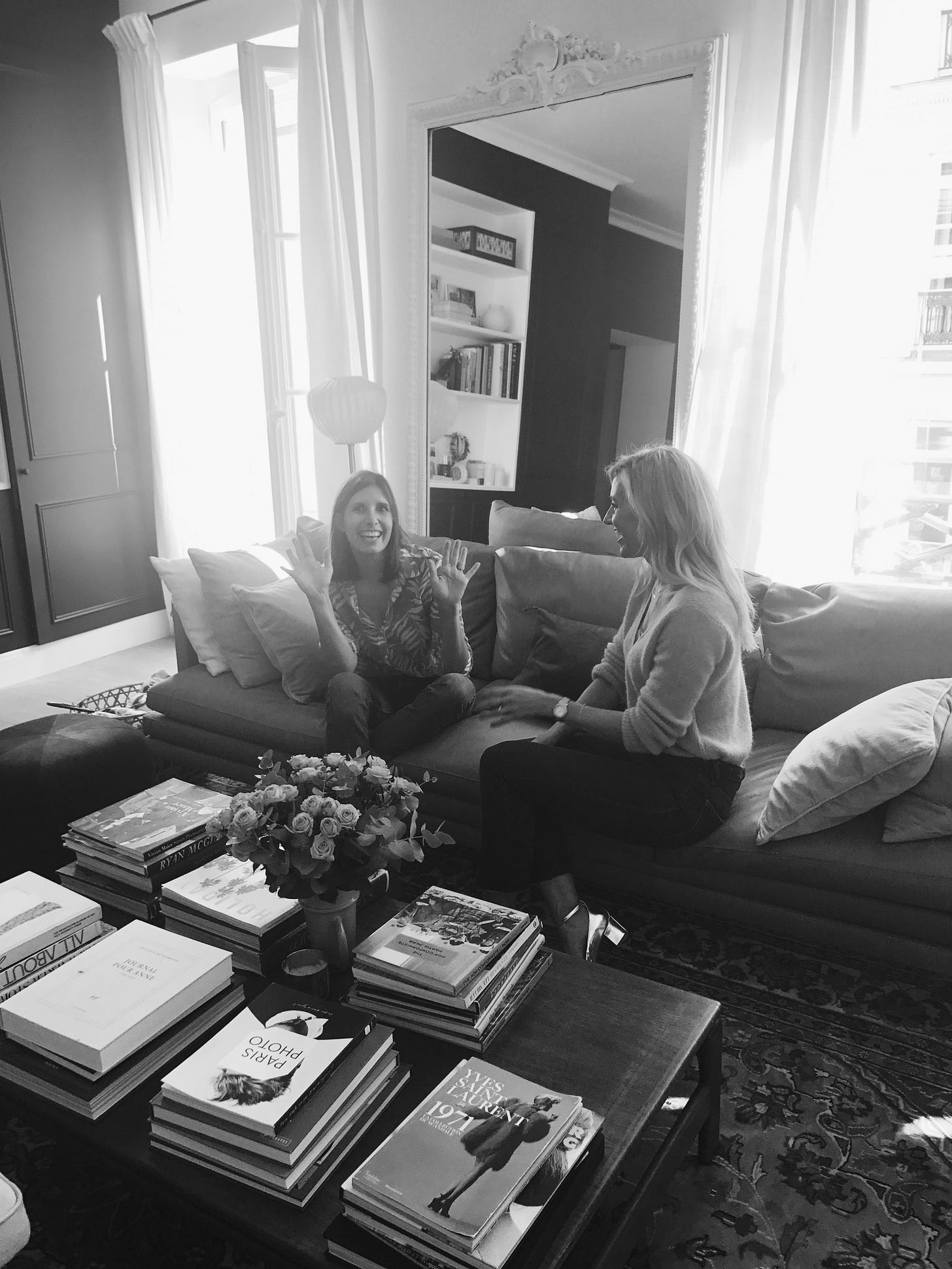
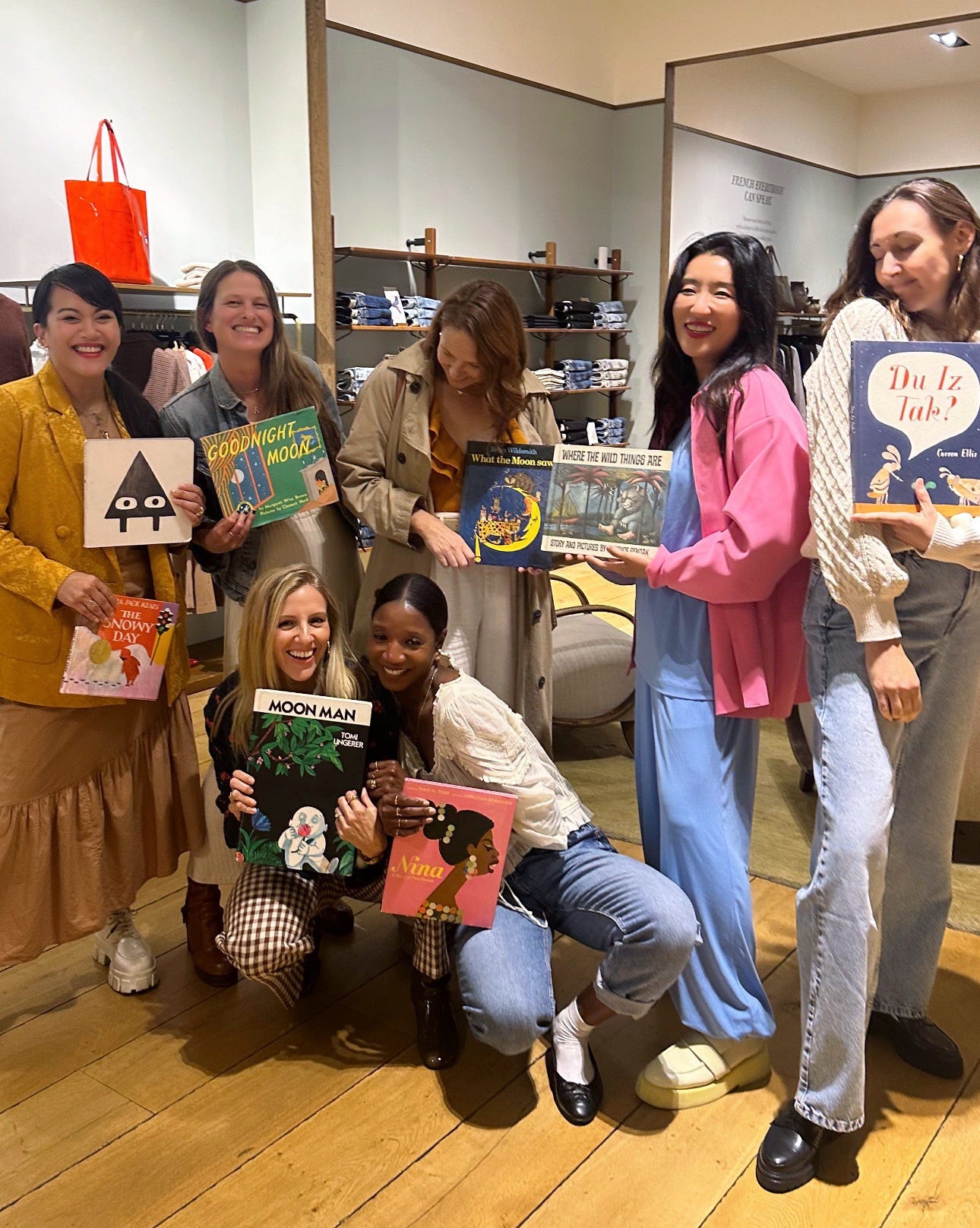
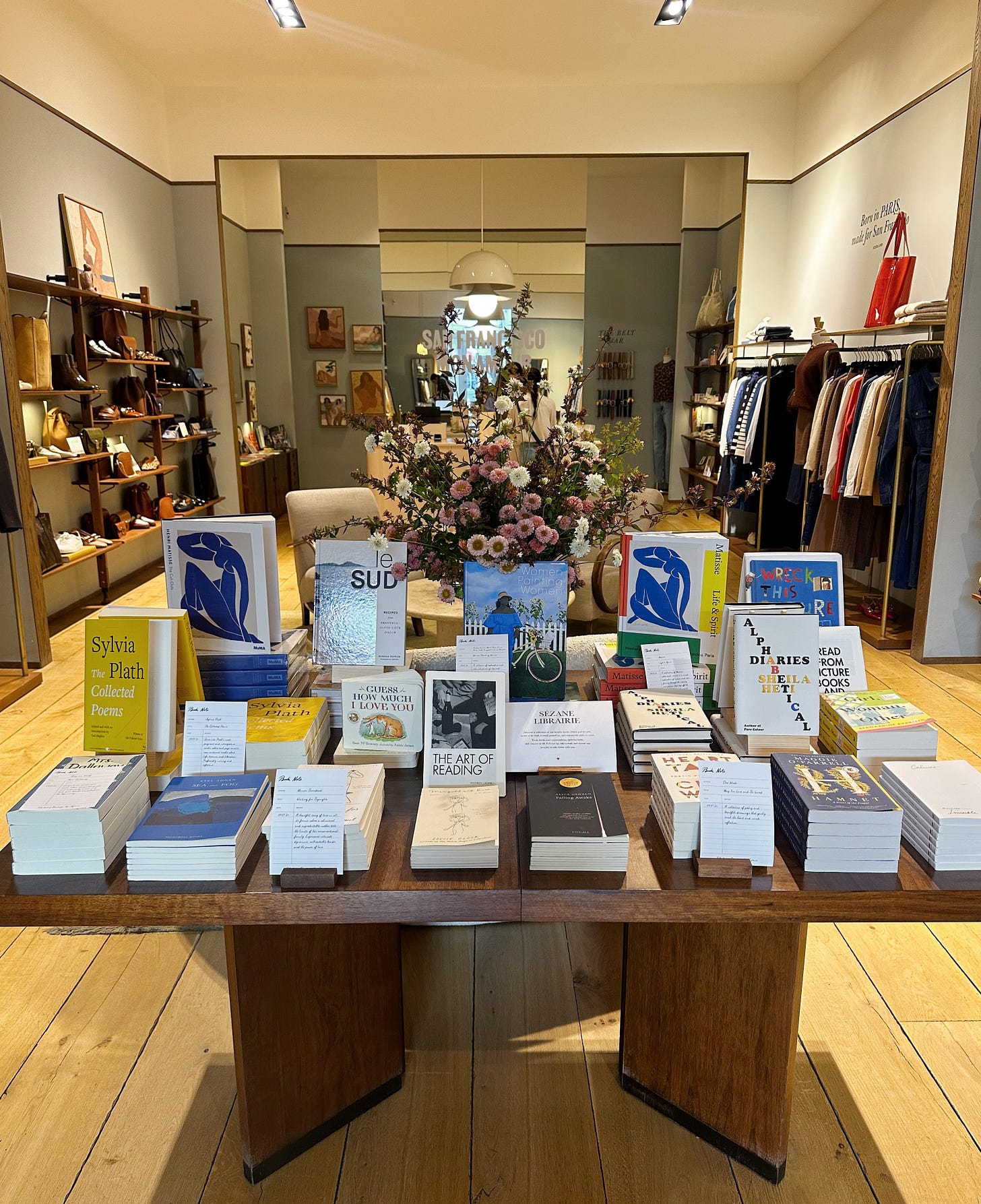
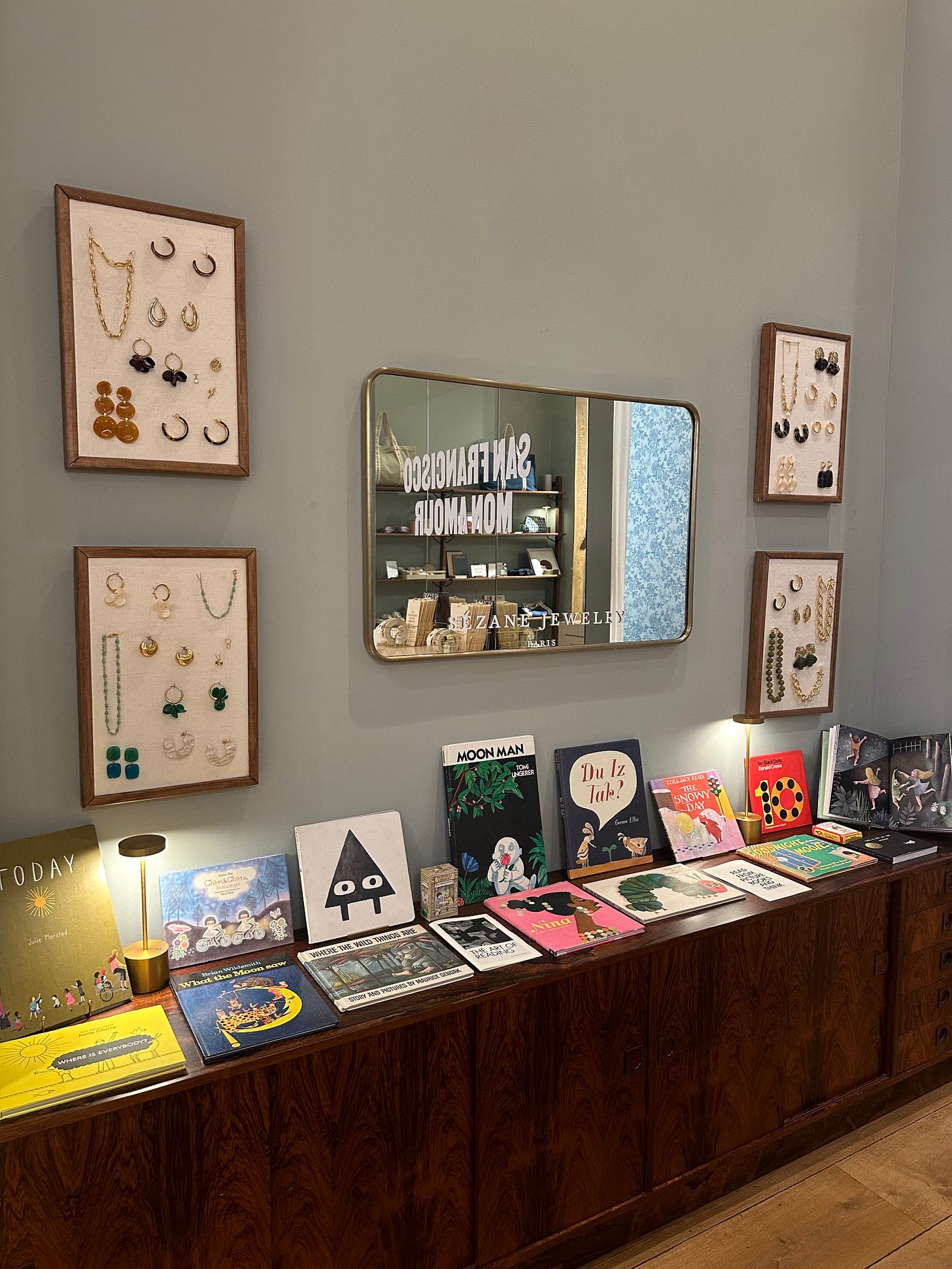
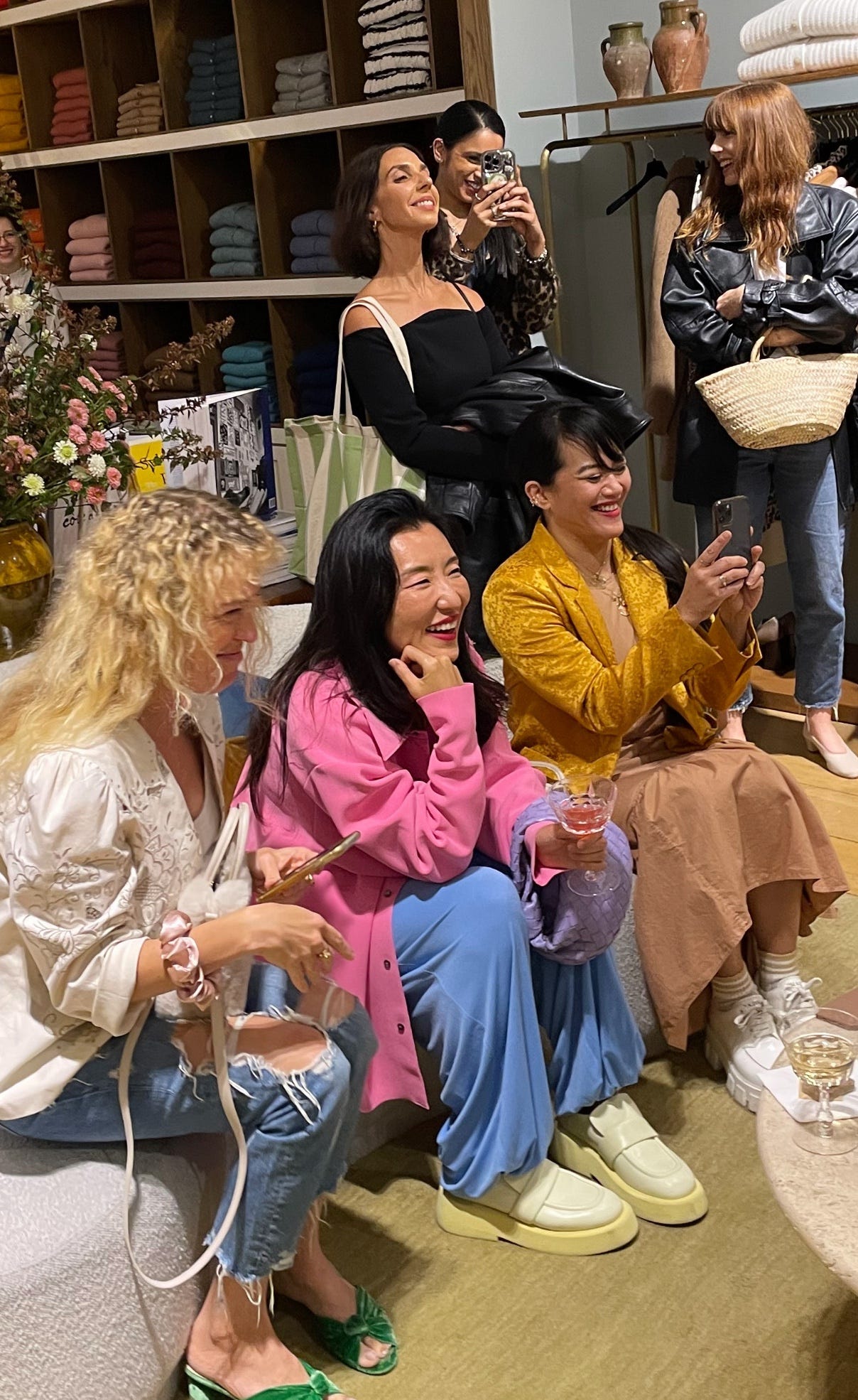

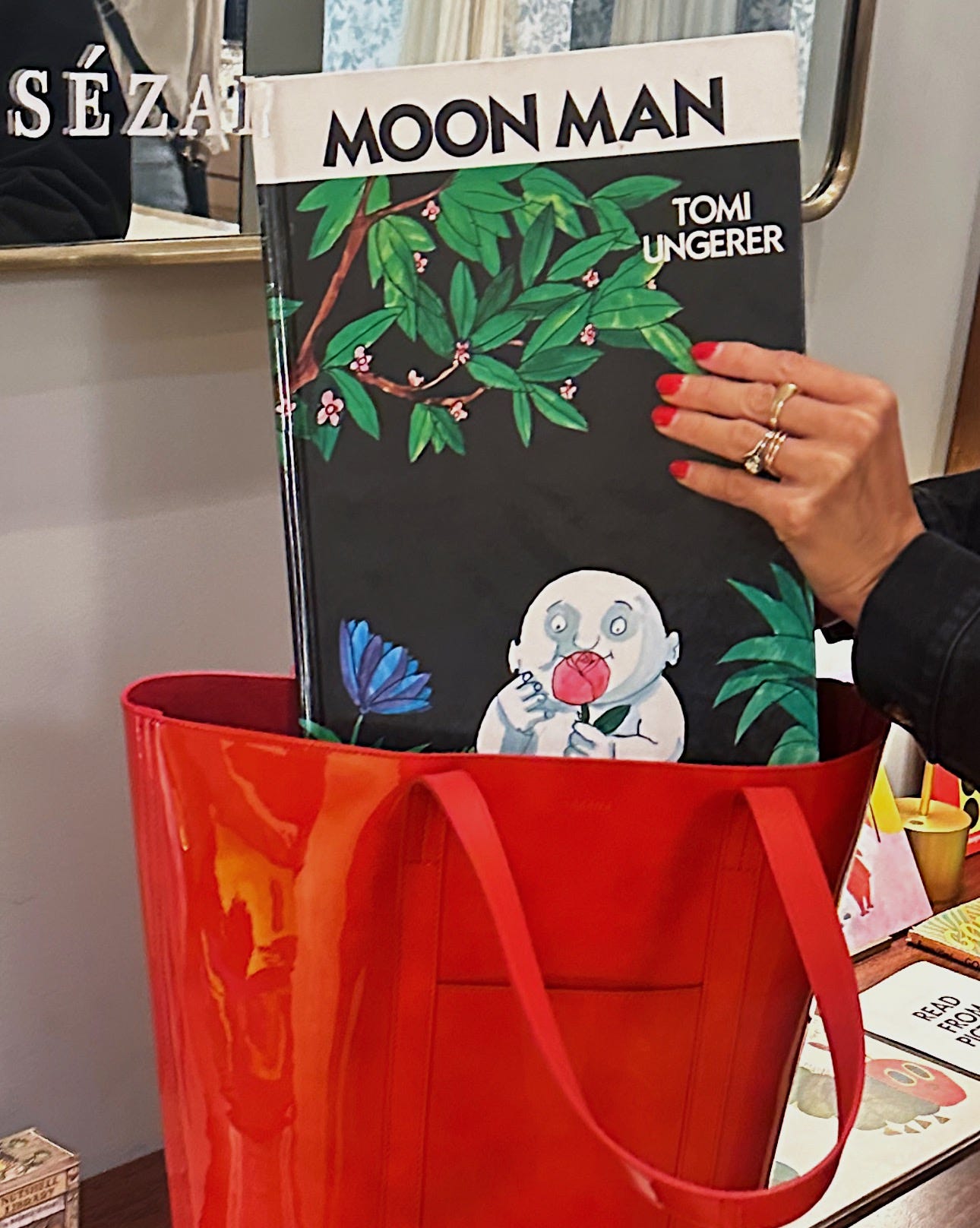
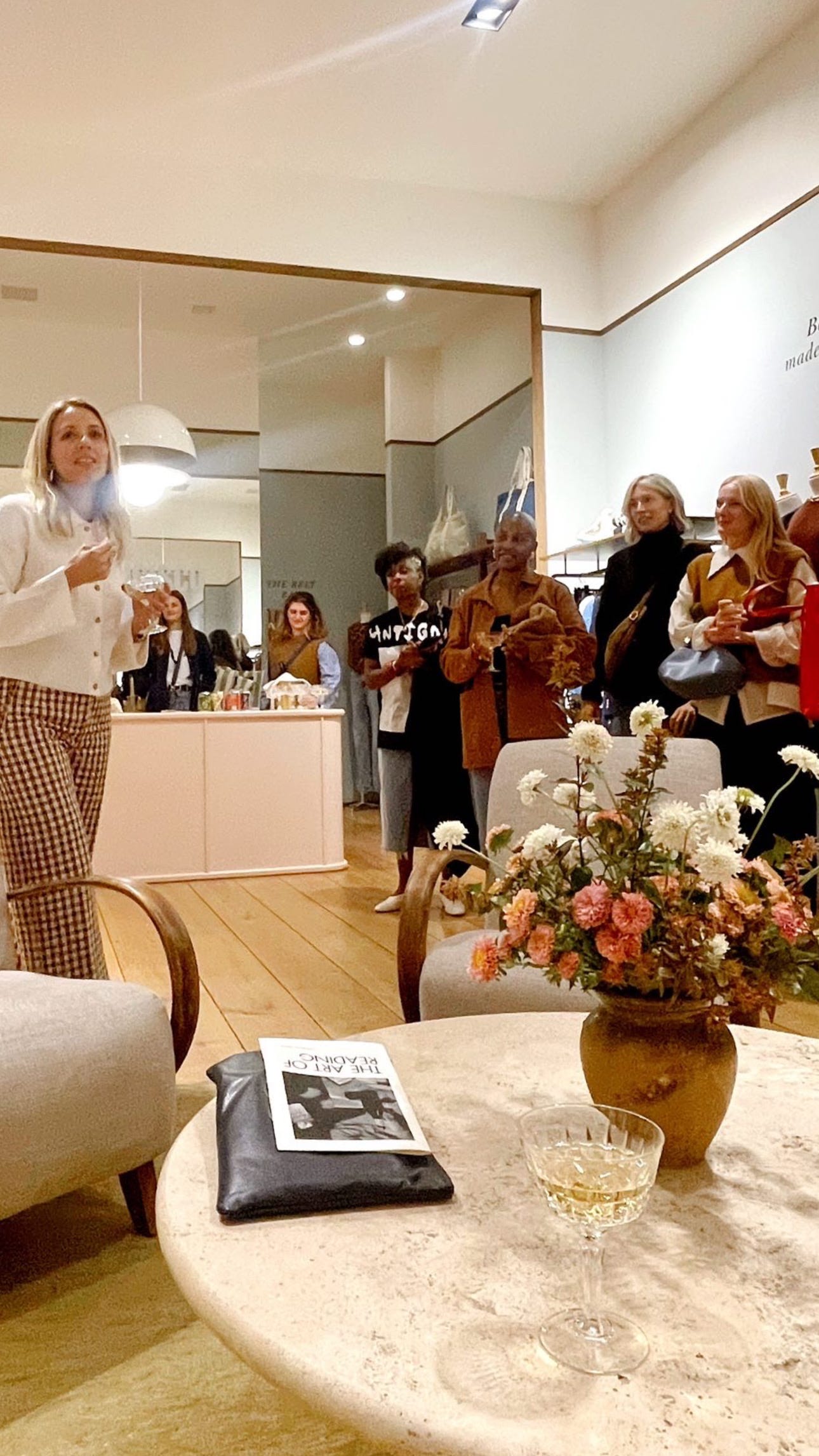
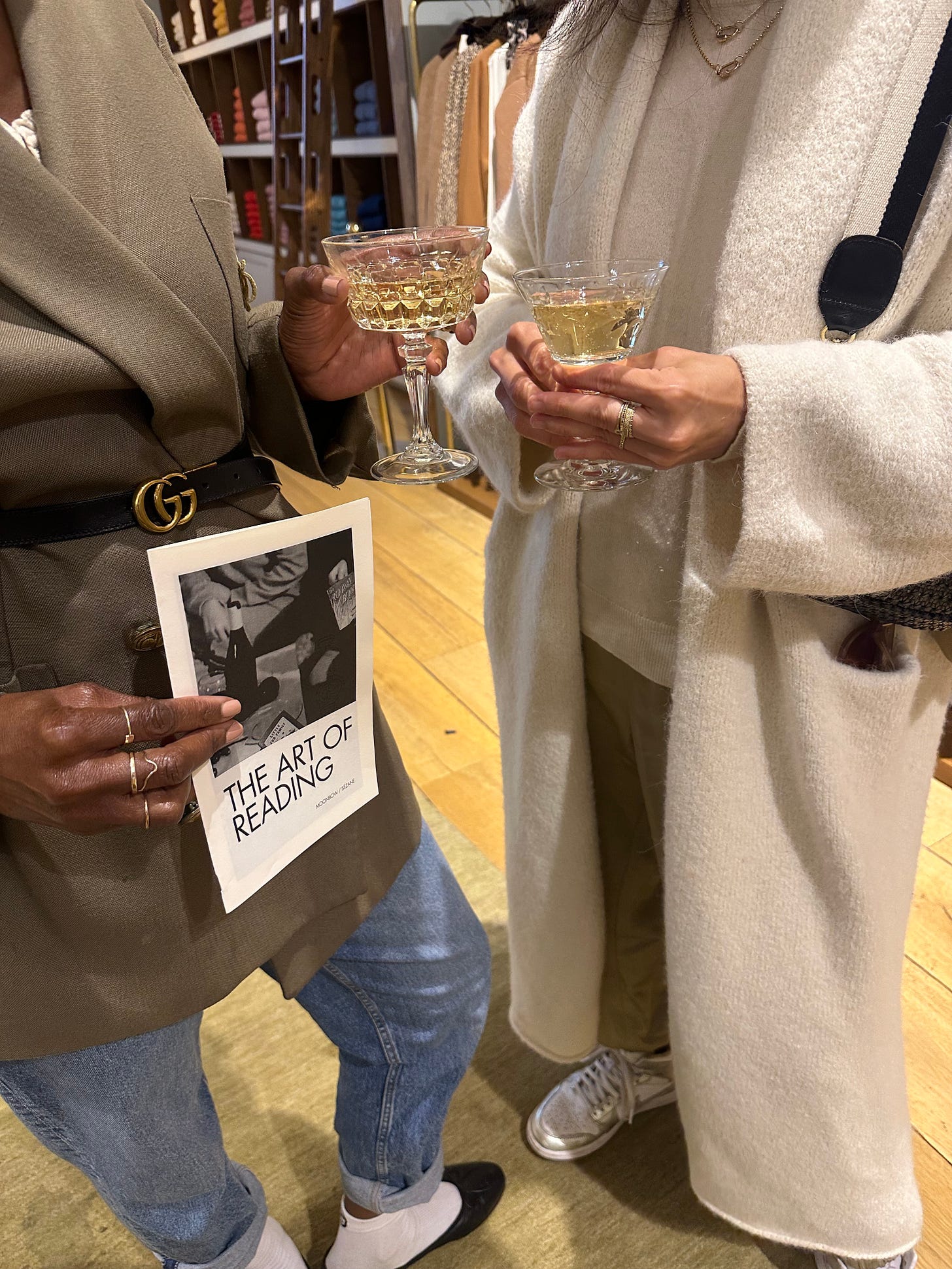
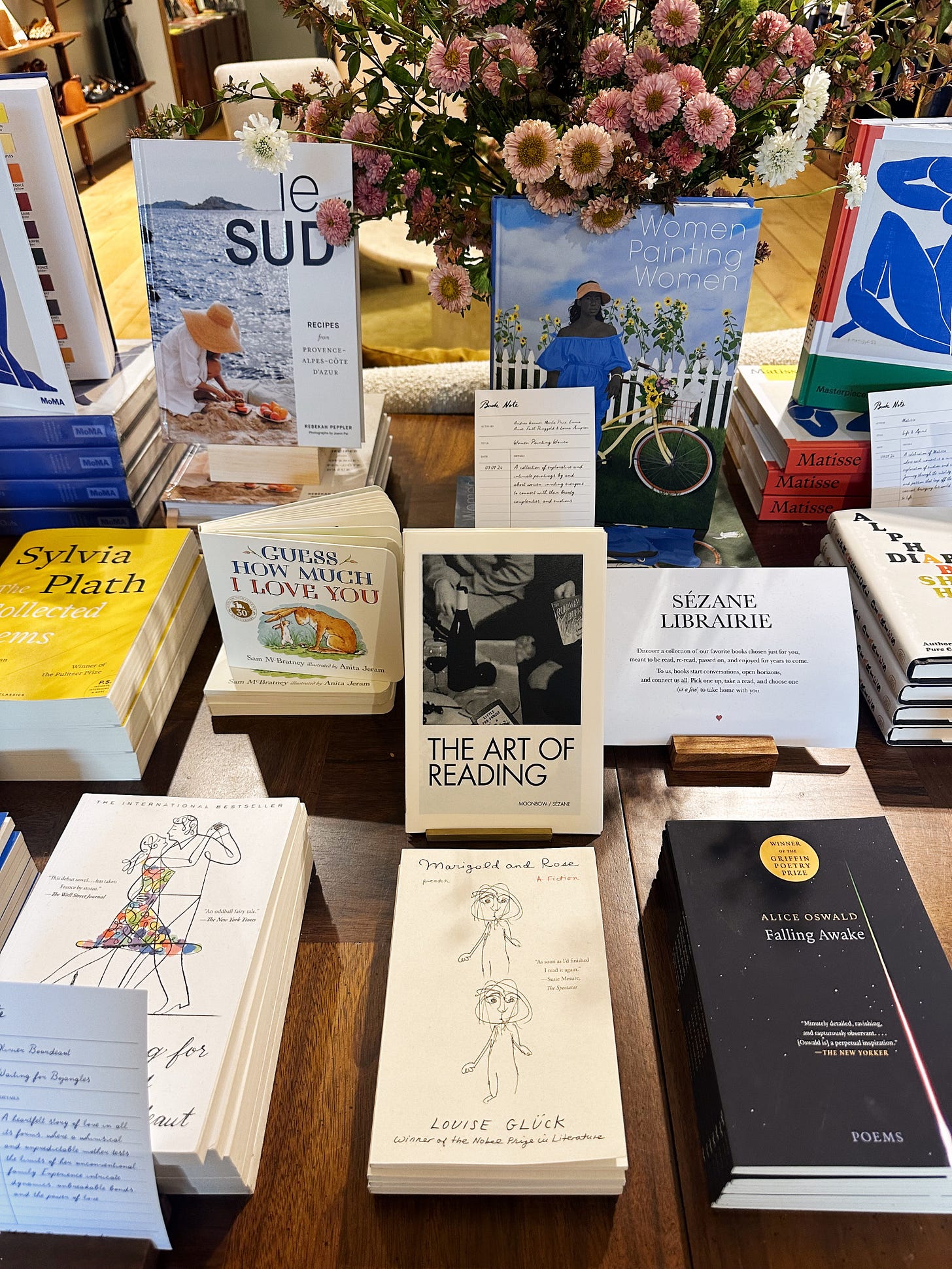
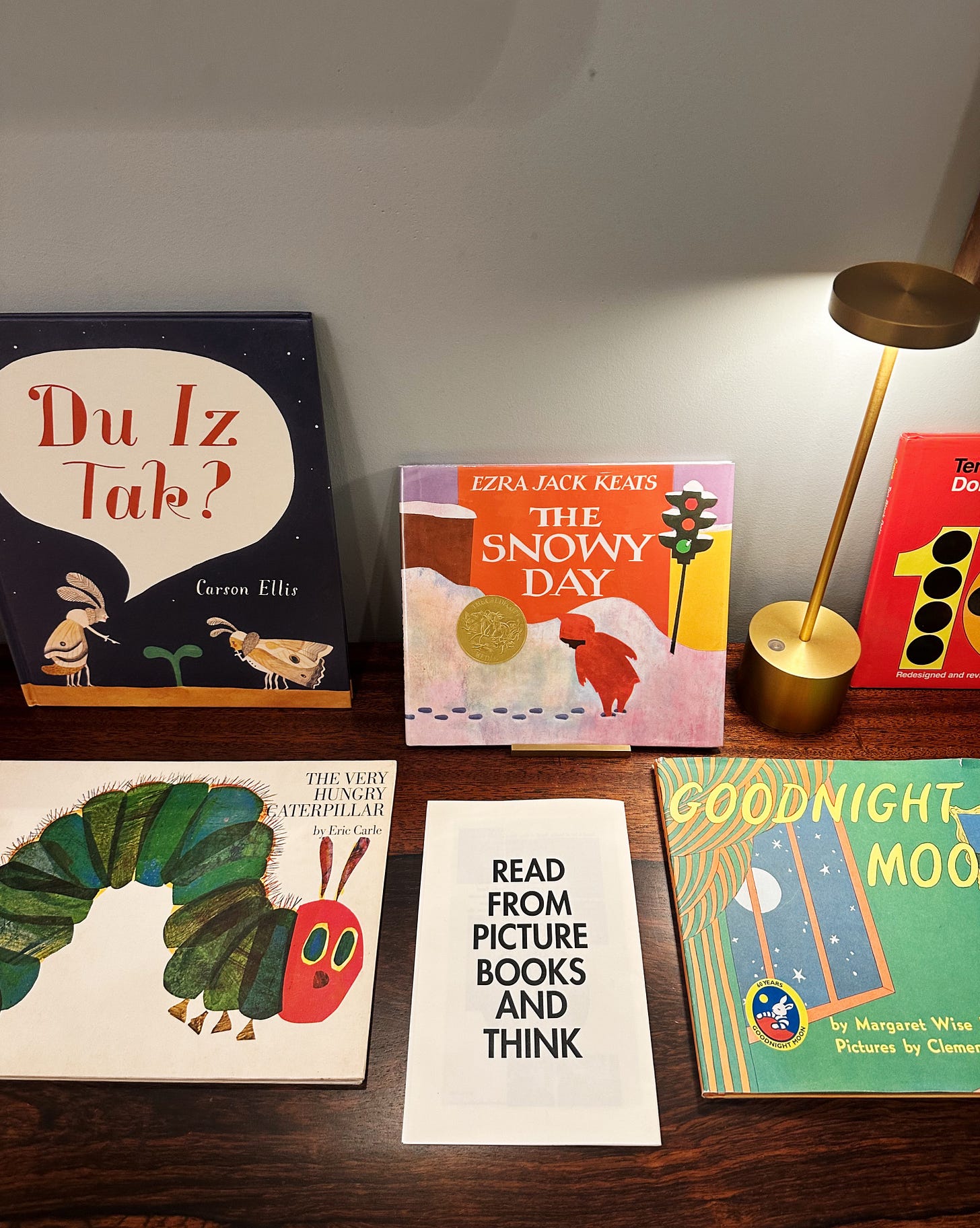
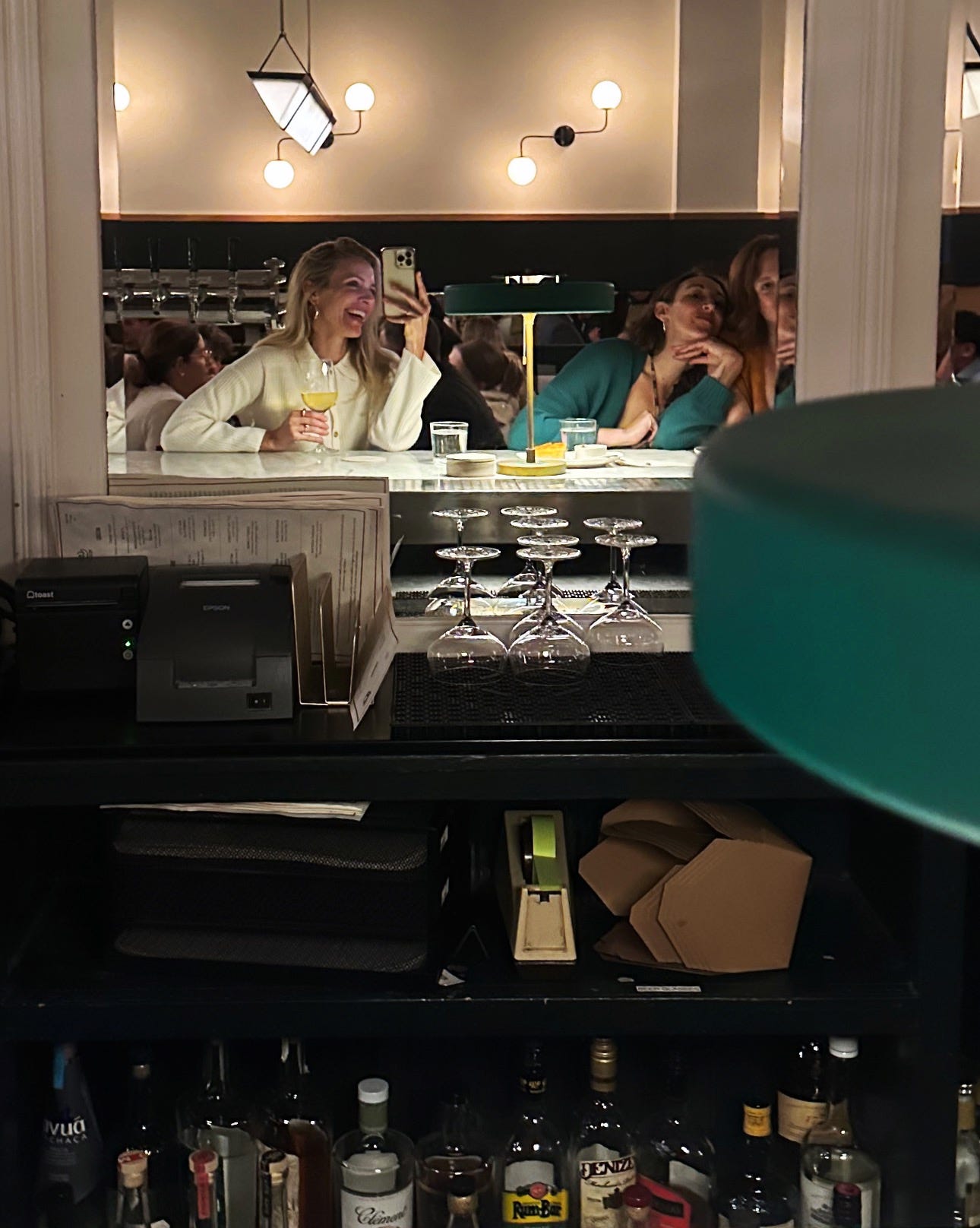
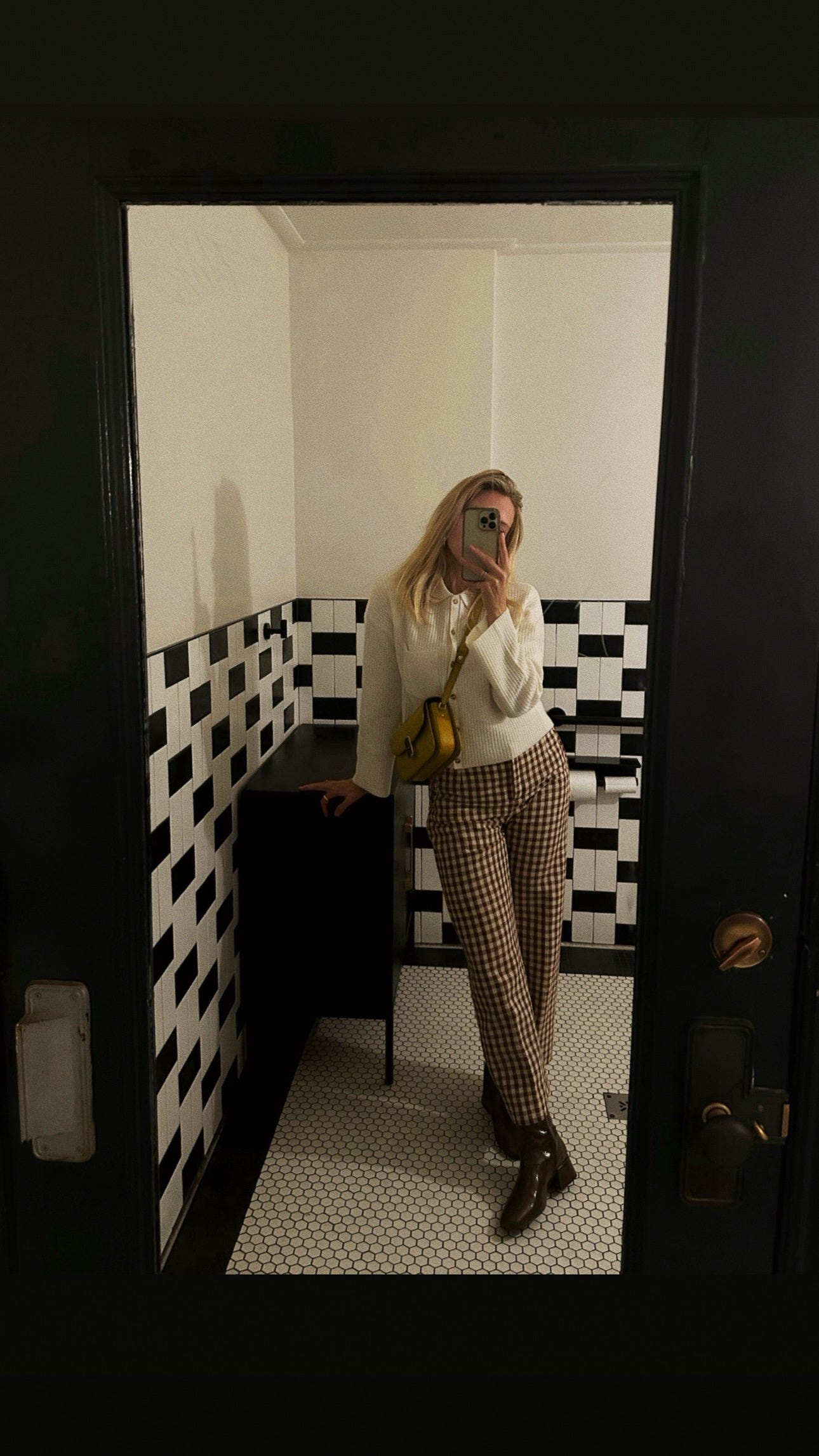
Loved everything about this! May I have a copy please? ❤️
I would love a copy of ‘The Art of Reading’! However, I would not expect you to cover the cost of shipping to Canada - please let me know the cost and I will gladly cover it ❤️